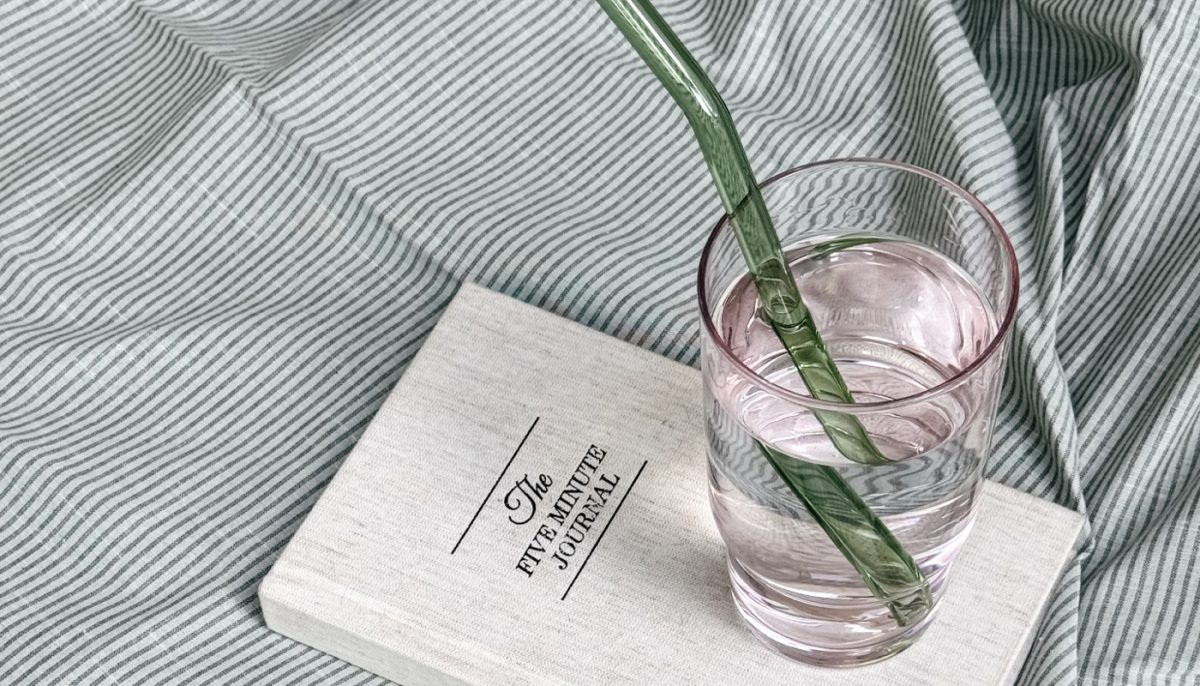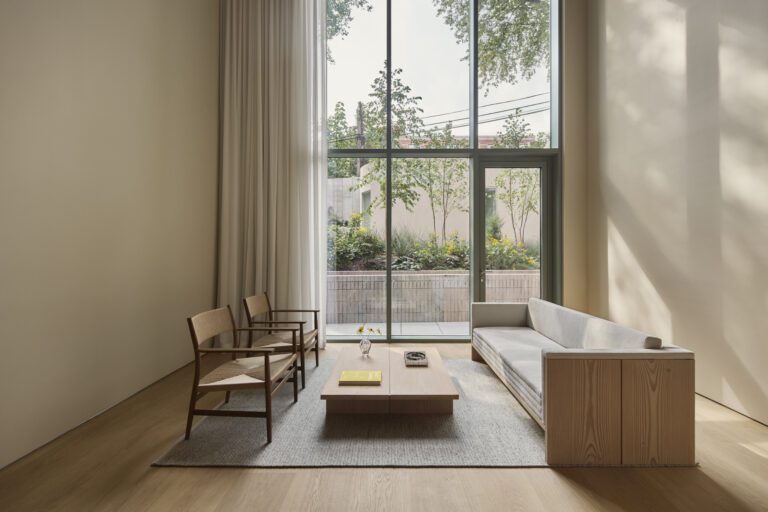“What is the best use of our days?” – Pema Chodron
Perhaps this feels like a daunting question, even one without an answer. There are so many things you can do in your day, but what is the best use of your time?
That’s the question you might think when you’re lying in bed, trying to remember what you did that day.
Where has the time gone? Did I do anything meaningful? Am I just living the same day over and over again?
After organizing my to-do list, I ask myself these questions. The moment I do nothing, my mind begins to wander.
Why is this? Because when we’re not doing anything, our inner autopilot can eventually shut off.
And when the autopilot shuts off, we are left with the knowledge that our time and actions were not intentional.
Chaudron says we live in an addictive cocoon, a cocoon of being caught up in worry and our own thoughts.
Even after experiencing big changes in our lives, we end up falling back into our habits and routines.
But the problem is not that we live the same day over and over again. That seems commonplace. The problem is how habituated our minds are. The mind keeps us trapped in our comfort zone, so we feel the same sensations every day.
If you can interrupt your habitual mind, you can slowly but surely break out of your own patterns and begin to find meaning in each day.
Let’s talk about how consciously pausing can help you stop rushing through your days on autopilot.
the habitual mind (and life)
How much time do we waste each day overthinking?
How much do we lose by repeating the same thing in our heads every day?
The cocoon in my brain is focused on the question, “Am I doing the right thing with my life?”
Focusing on the same idea for weeks or months will not give you new answers.
Heidi Priebe said she found the following tweet: There are only bad ideas. ”
Bad thinking can result in repetitive thinking by trying to understand things like:
There is no real answer. There is an answer, but it is not the answer we want. There is an answer, but there is not enough information to draw a conclusion.
Let’s say you find yourself thinking the same thing over and over again.
This is a good first step, but another pattern soon emerges.
Then you start wondering, “Why do I always think there’s something wrong with me or my life?”
Perhaps part of the problem with our “cocoon” is that we get too deep into seeing things one way.
There is a lot going on in the world around us, but we are not aware of it because we are stuck in our habitual minds. Sometimes we need to change our perspective to understand that there are other possibilities that we are not yet aware of.
“Abandon the storyline you’re working so hard to maintain,” Chodron says.
This means that you should stop clinging to how you think things should be and surrender to who you are.
Read next: How to find meaning by putting yourself in a box
power of pause

To break out of your cocoon, you can focus on creating gaps between your habitual tendencies.
According to Chodron, gaps are conscious pauses throughout the day to just breathe. All you need to do is take three deep breaths. It seems easy, but the hardest part is remembering to do it.
When we stop, our mind and body habits are interrupted. If you leave the autopilot, the autopilot will not be able to continue on the path.
“Our habits are strong, so it takes a certain discipline to step outside of the cocoon and embrace the magic around us. Practice pausing, or consciously breathing the moment you realize you’re stuck. 3 times is a simple but powerful exercise that each of us can do at any time.” – Pema Chodron.
One way to think about conscious gaps is to add punctuation marks to your day. During the day, you may need a comma to get some air. At the end of the day, you need a period to end the day as if it were a sentence, a paragraph, or a chapter (you can decide which chapter you’re in).
We need moments of relaxation in our lives, even when we feel like we need to be busy with something else.
The more you stop and notice, the less likely you are to ruminate on the same thoughts or feel like you’re experiencing the same day over and over again.
Read next: Close open loops and calm your mind
3 ways to take a mindful pause

Here are some practical tips for introducing mindful pauses into your daily life.
1. Breathe 3 times
Chodron recommends a pause practice, which involves taking three conscious breaths, the moment you feel “stuck.”
When you find yourself thinking about something over and over again, or when you can’t physically figure out what to do next, consciously take three breaths.
Take three deep breaths when transitioning from one task to another. These breaths interrupt the autopilot that takes us away from the present moment.
2. Create a relaxation ritual
When we unintentionally do the same thing, especially when there is no line between work and personal time, our days begin to blend into each other. T
To break up the monotony, try introducing a relaxation ritual that you treat as an intentional break at the end of the day. Corey McComb describes it as an aperitif to end the day.
Certain activities or combinations of activities (like listening to your favorite playlist while making dinner) can signal to your brain that it’s time to switch off and break out of your habitual thought patterns of work-related worries. I can send it to you.
3. Plan things to look forward to (and be grateful for)
Romanticizing life is a popular trend that turns ordinary things into something worth savoring.
One way to do this is to think of three things you want to do tomorrow. Every night before you go to bed, list three things you can look forward to when you wake up in the morning.
It can be something as small as sending an email to a friend, listening to a good playlist, or buying a sweet treat from the bakery. This way of thinking allows you to interrupt your habitual thinking and break out of your cocoon.
How can I mindfully pause today?
By consciously pausing in our daily lives, we can break our tendency to be on autopilot and start living more intentionally. The more you pause, the more you enjoy it.





